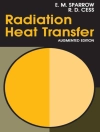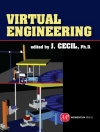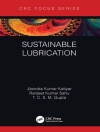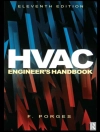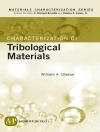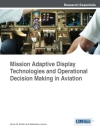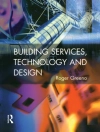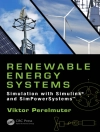Morphing Aerospace Vehicles and Structures provides a highly timely presentation of the state-of-the-art, future directions and technical requirements of morphing aircraft. Divided into three sections it addresses morphing aircraft, bio-inspiration, and smart structures with specific focus on the flight control, aerodynamics, bio-mechanics, materials, and structures of these vehicles as well as power requirements and the use of advanced piezo materials and smart actuators. The tutorial approach adopted by the contributors, including underlying concepts and mathematical formulations, unifies the methodologies and tools required to provide practicing engineers and applied researchers with the insight to synthesize morphing air vehicles and morphing structures, as well as offering direction for future research.
Jadual kandungan
Acknowledgements – Valasek
Foreword – Roskam
1. Introduction to Aerospace Morphing – Valasek
PART I: BIO-INSPIRATION
2. Active and Aeroelastic Wing Morphing in Birds, Bats and Insects: Mechanism and Function – Taylor
3. Bio-inspiration for Morphing of Micro Air Vehicles – Abate
PART II: CONTROL AND DYNAMICS
4. Morphing Unmanned Air Vehicle With Intelligent Shape, Structural, and Flight Control – Valasek
5. Modeling and Simulation to Study Flight Dynamics of Morphing Wing Aircraft-Obradovic
6. Modeling of Ornithopter Flight Dynamics – Grauer
7. Flight Dynamics of Morphing Aircraft with Time-Varying Inertias – Grant
8. Optimal Trajectory Control of Morphing Aircraft in Perching Maneuvers – Wickenheiser
PART III: SMART MATERIALS AND STRUCTURES
9. Morphing Smart Material Actuator Control Using Reinforcement Learning – Kirkpatrick
10. Incorporation of Smart Actuators into Morphing Aerostructures – Lagouadas
11. Hierarchical Control and Planning for Advanced Morphing Structural Systems – Chakravorty
12. A Collective Assessment – Valasek
Mengenai Pengarang
John Valasek, Texas A&M University, USA
John Valasek is Associate Professor and Director of the Vehicle Systems & Control Laboratory within the Aerospace Engineering Department at Texas A&M University. He has been actively conducting flight mechanics and controls research of Manned and Unmanned Air Vehicles in both Industry and Academia for 25 years. He was previously a Flight Control Engineer for the Northrop Corporation, Aircraft Division. He has published over 100 peer reviewed articles, and is co-inventor on a patent for autonomous air refueling of unmanned air vehicles. His research is currently focused on bridging the gap between traditional computer science topics and aerospace engineering topics, encompassing machine learning and multi-agent systems, intelligent autonomous control, vision based navigation systems, fault tolerant adaptive control, and cockpit systems and displays.?He teaches courses in Atmospheric Flight Mechanics, Digital Flight Control Systems, Vehicle Management Systems, Cockpit Systems & Displays, and Aircraft Design.


